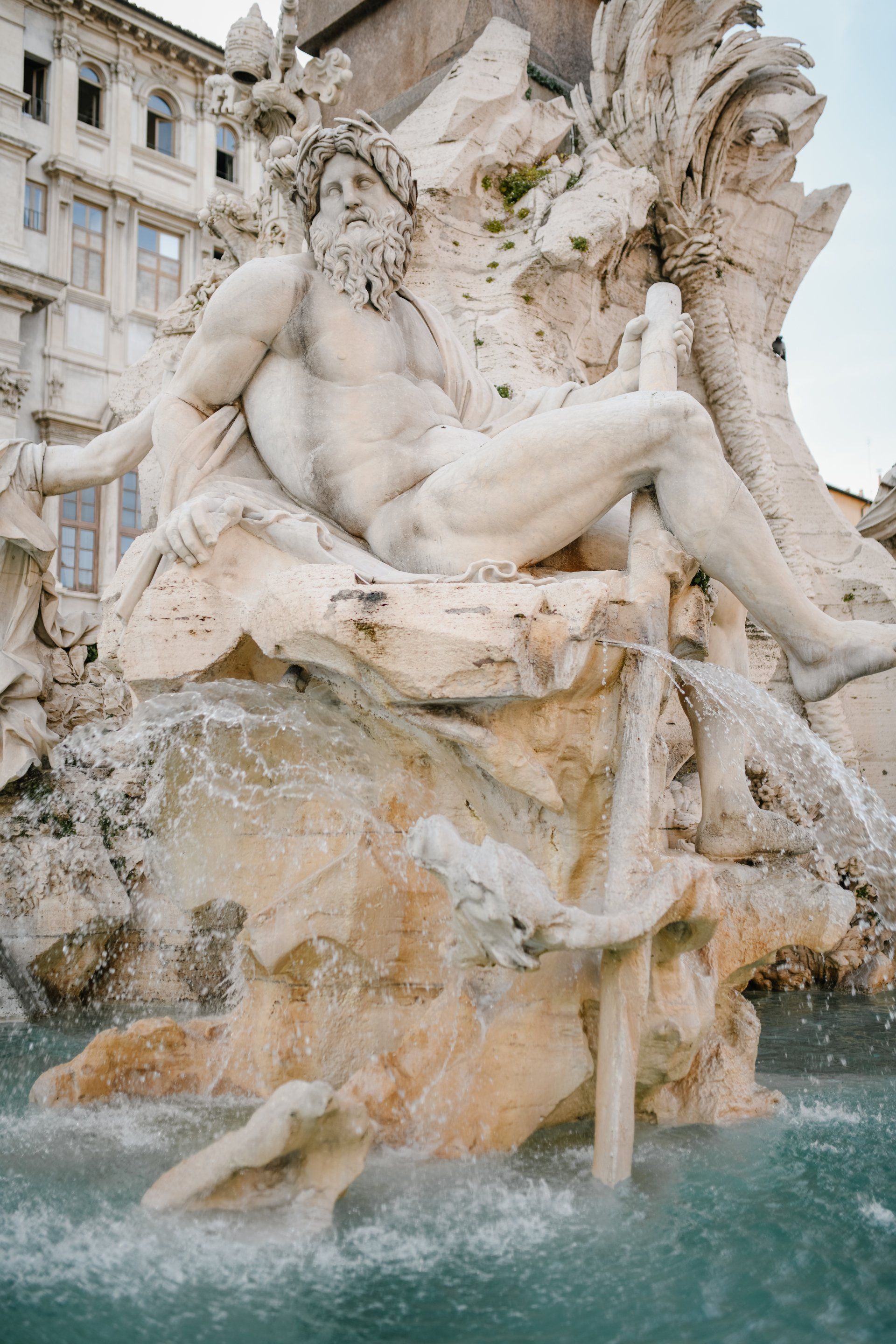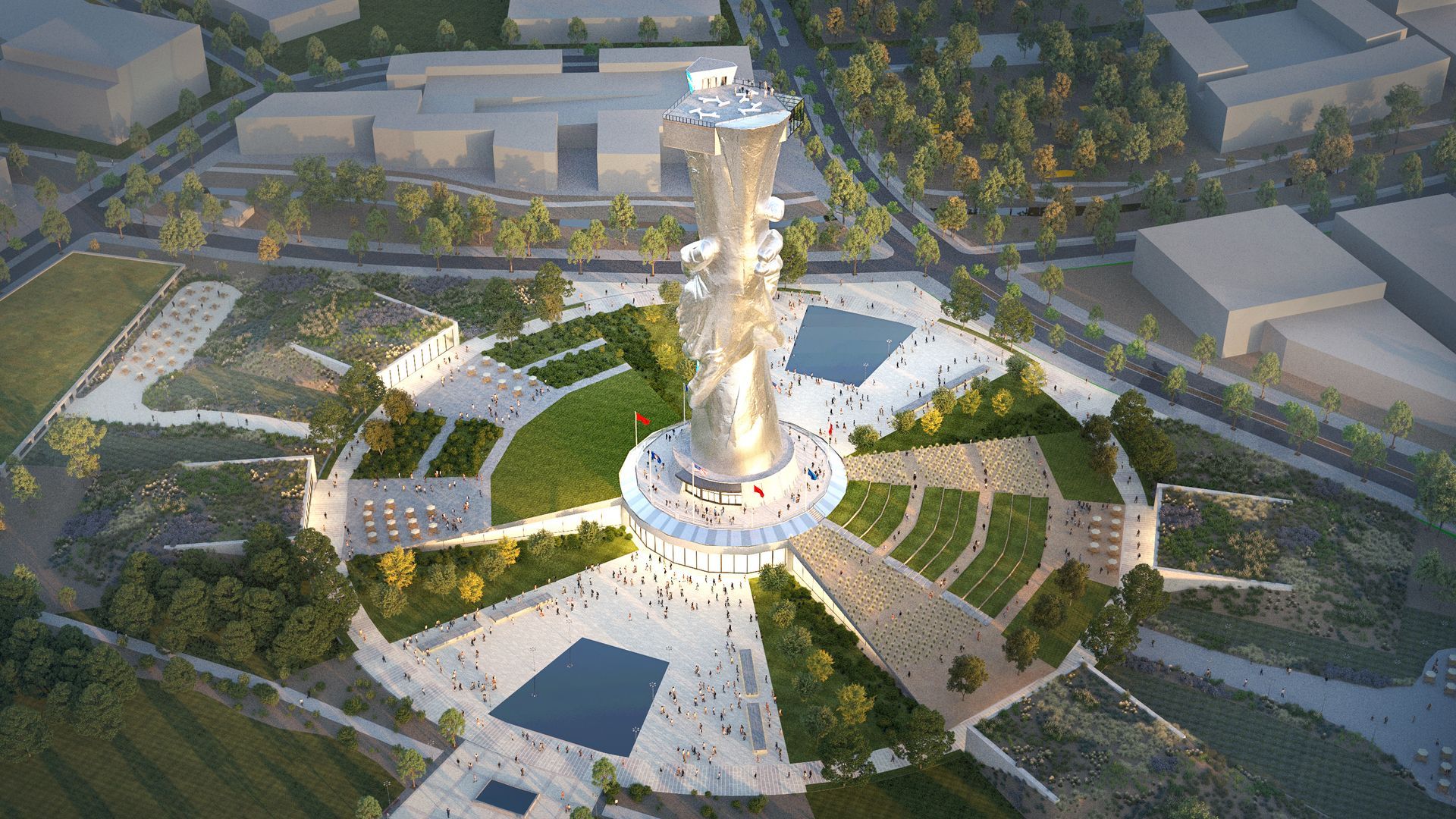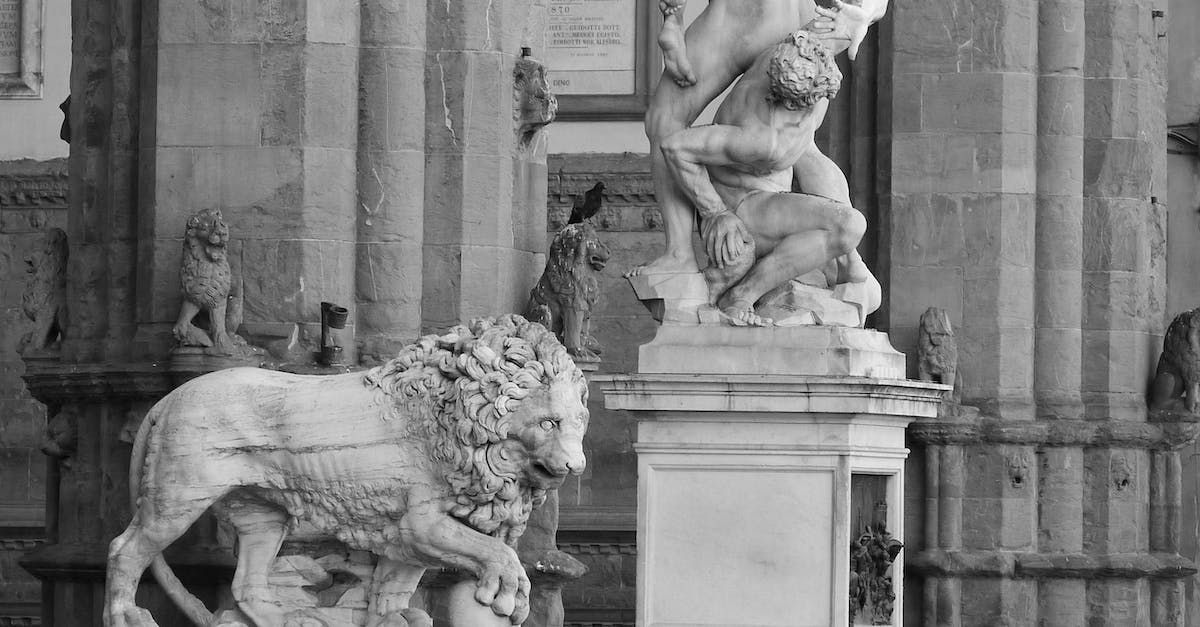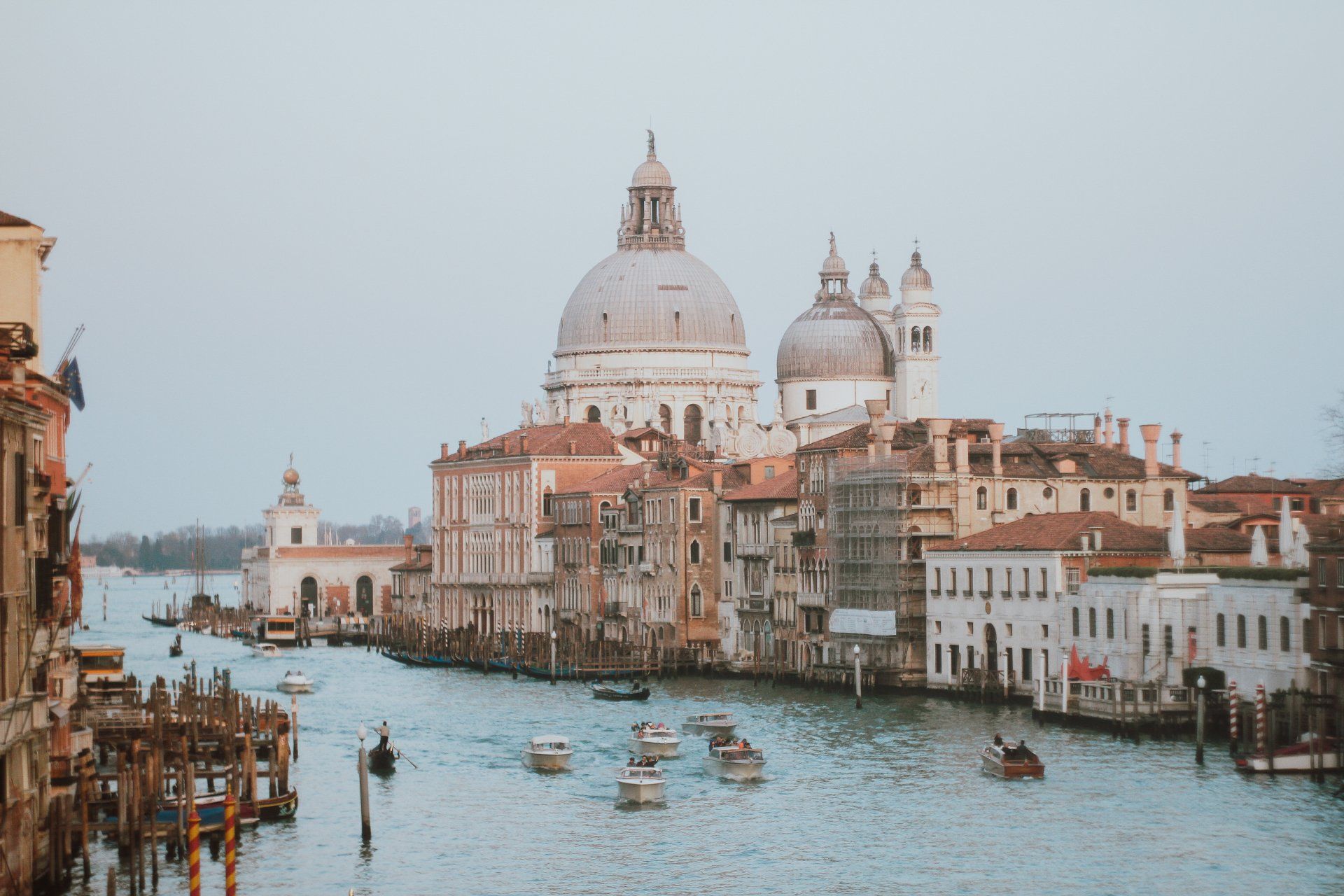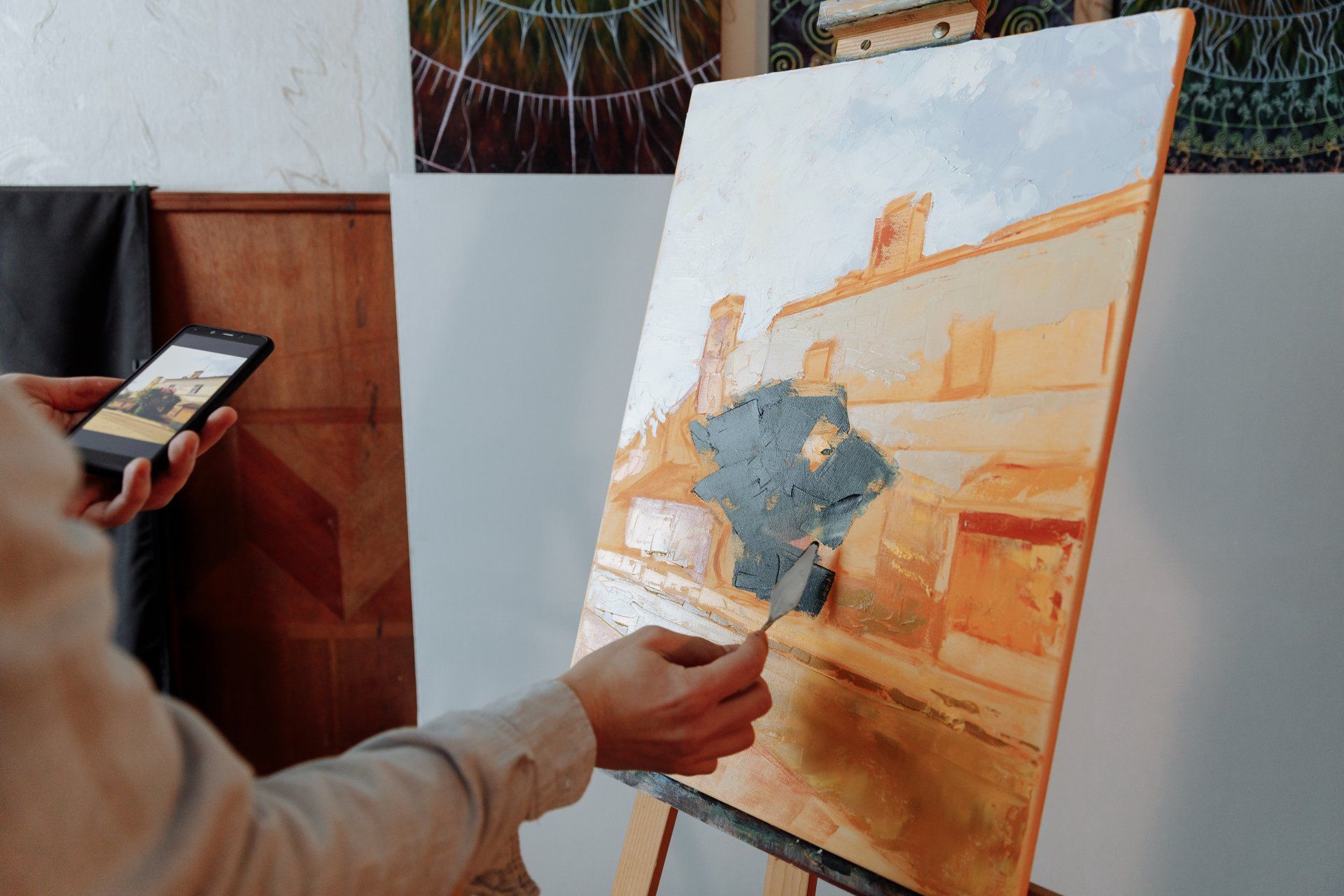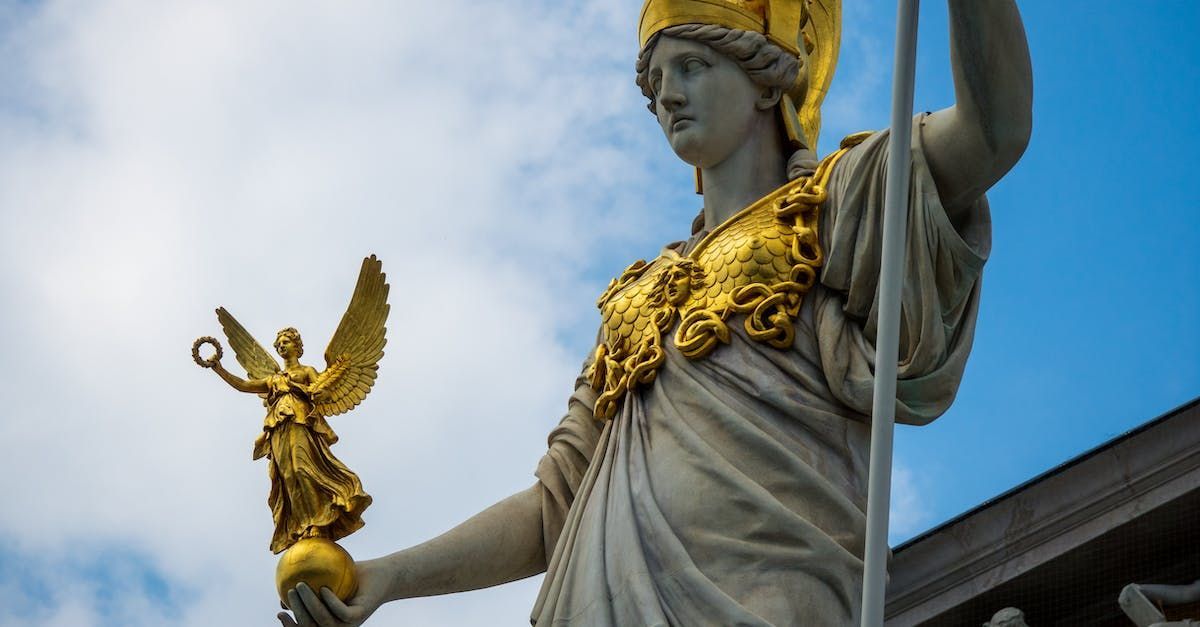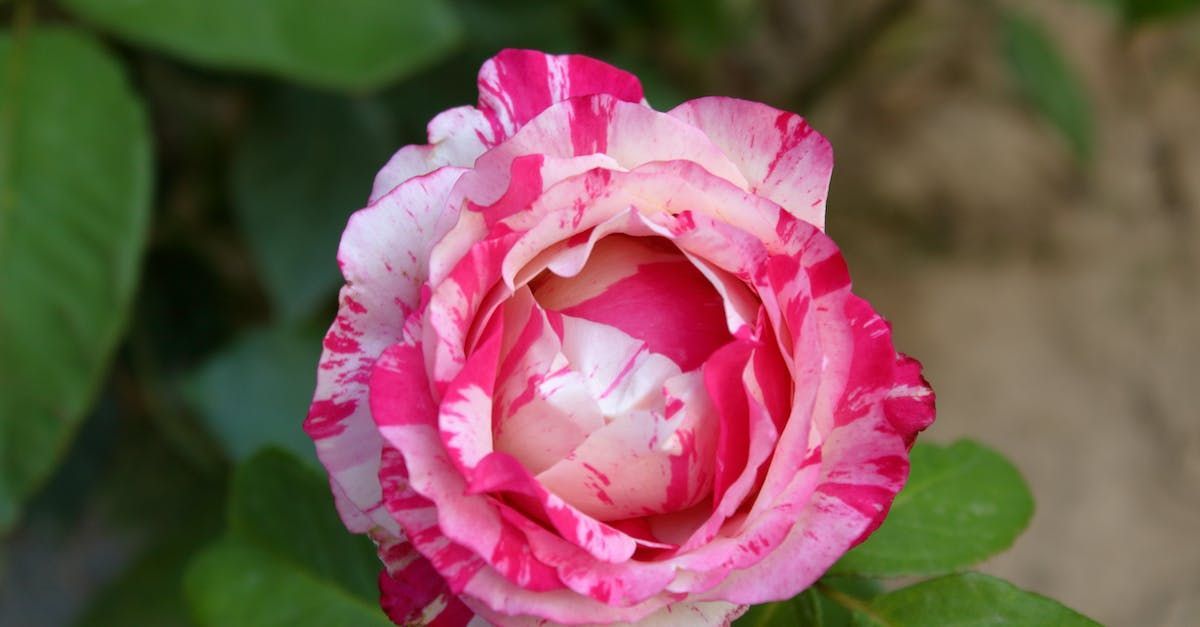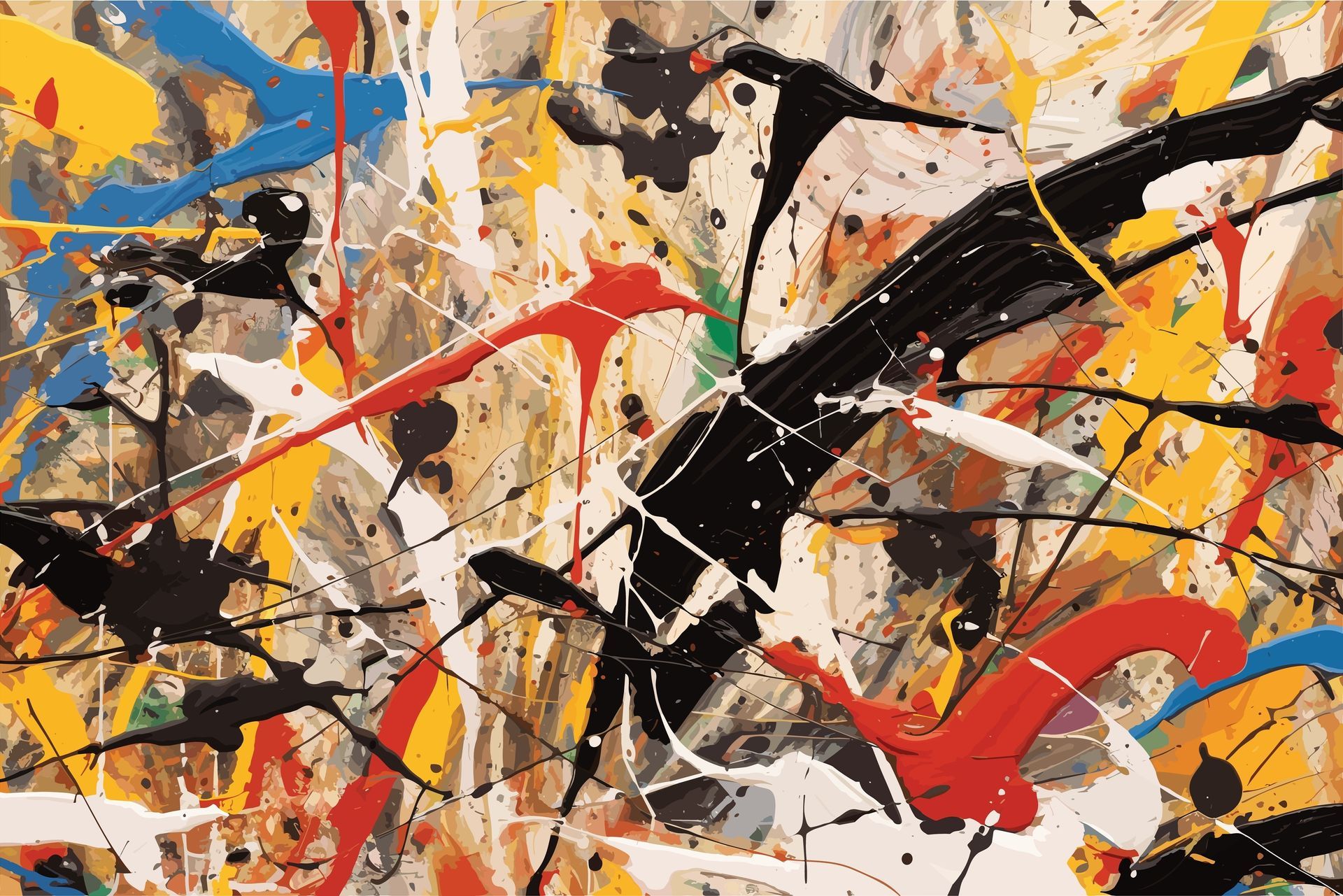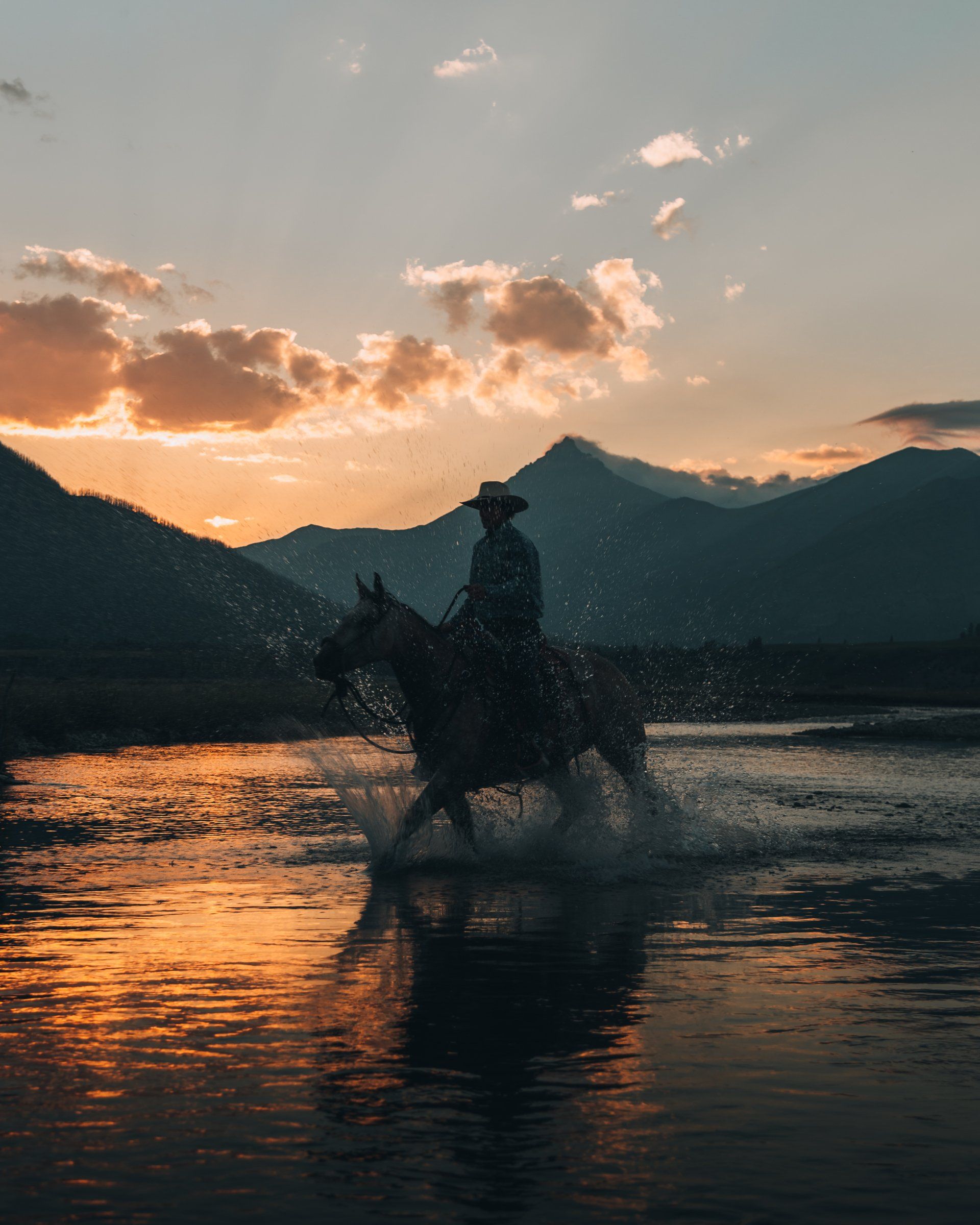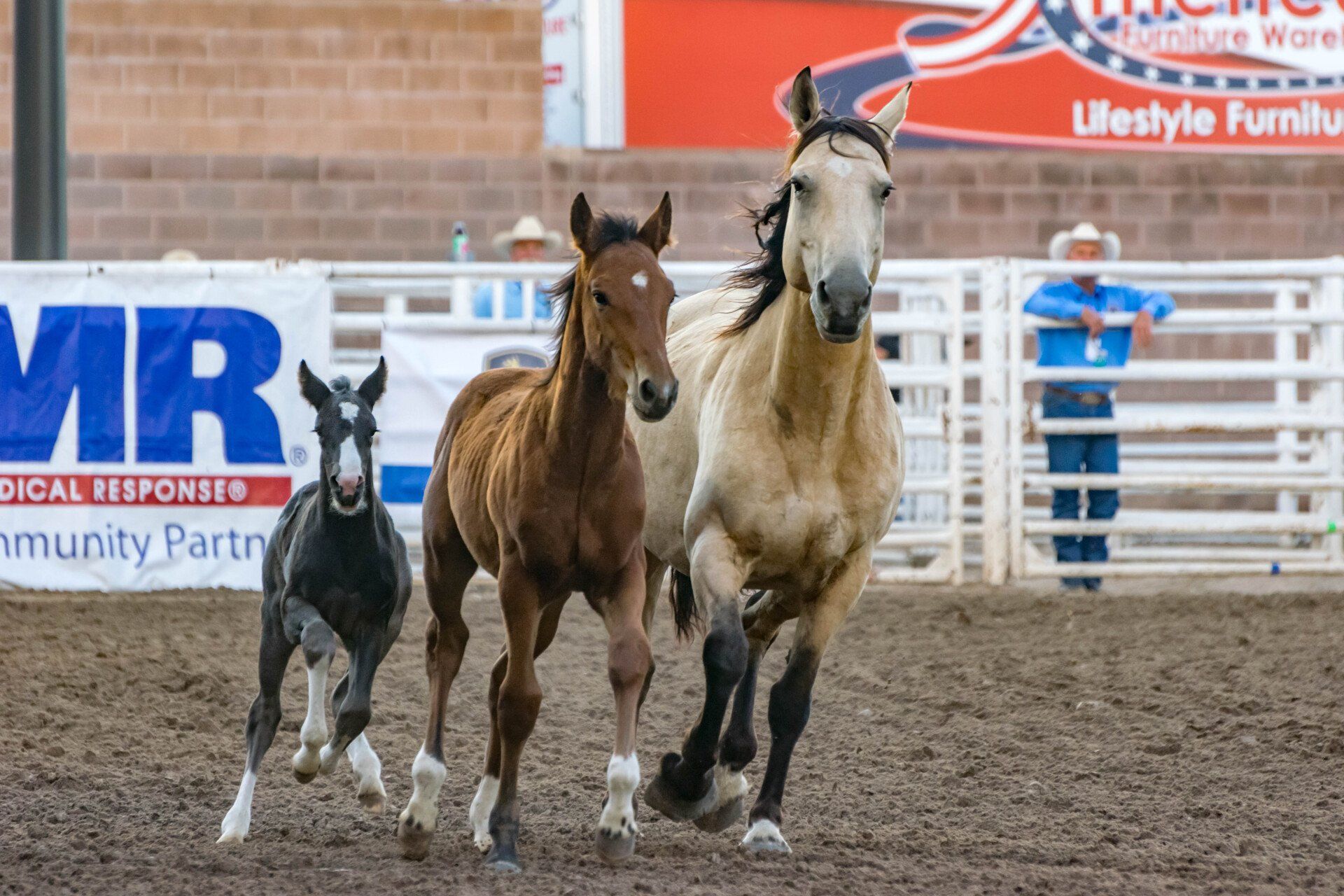Tom Ryan
Cowboys, Horses, and Landscapes
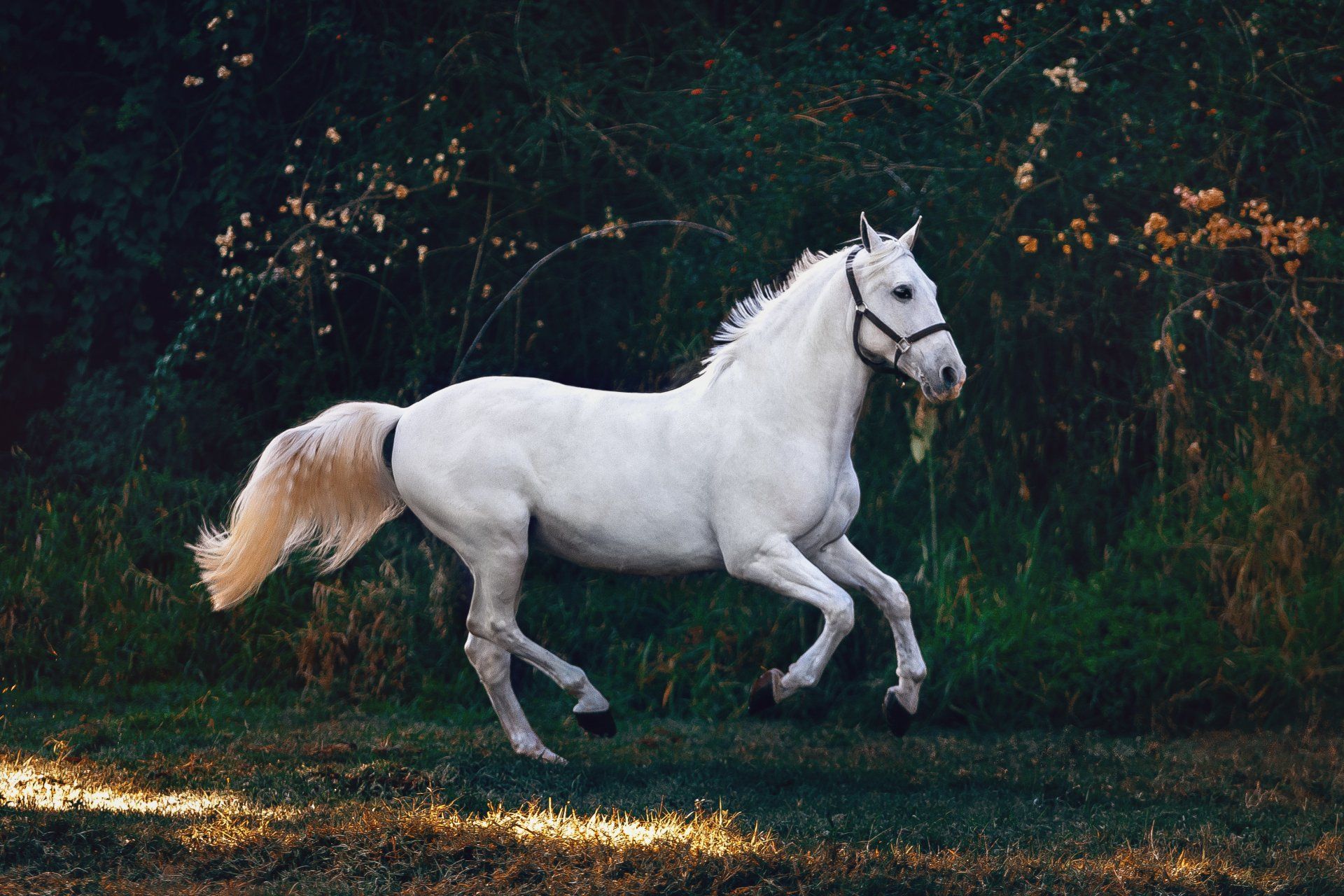
Tom Ryan, a talented painter who lived from 1922 to 2011, made a significant impact with his skillful renditions of cowboys, horses, and the landscapes of the American West. His realistic and evocative artworks captured the spirit and toughness of the cowboy culture. This article explores Tom Ryan's artistic prowess, his ability to portray the cowboy way of life, and his skill in depicting the beauty of the Western landscapes.
Skillful Renditions of Cowboys, Horses, and Landscapes:
Tom Ryan's skill as a painter shone through his renditions of cowboys, horses, and the landscapes of the American West. His attention to detail, mastery of composition, and understanding of anatomy allowed him to create realistic and captivating artworks. Ryan's brushstrokes brought the cowboys to life, showcasing their strength, resilience, and connection to the land. His ability to capture the grace and power of horses added depth and authenticity to his paintings. Moreover, Ryan's depictions of the Western landscapes, from rolling plains to majestic mountains, showcased the beauty and vastness of the American West.
Conveying the Spirit and Toughness of the Cowboy Culture:
One of the defining qualities of Tom Ryan's artworks was his ability to convey the spirit and toughness of the cowboy culture. Through his realistic portrayals, he captured the essence of the cowboy way of life—its challenges, perseverance, and unwavering spirit. Ryan's paintings depicted cowboys engaged in various activities, such as roping, herding cattle, and tending to horses, showcasing the grit and determination of these iconic figures. His artworks became visual tributes to the cowboy culture, preserving its legacy for generations to come.
Appreciation for the Beauty of the Western Landscapes:
Tom Ryan's paintings also revealed his deep appreciation for the beauty of the Western landscapes. His skillful use of color, light, and perspective allowed him to capture the grandeur and tranquility of the American West. Whether it was the soft hues of a sunset over the plains or the dramatic shadows cast by towering cliffs, Ryan's artworks transported viewers to the breathtaking vistas that define the Western landscape. Through his art, he invited viewers to marvel at the natural beauty and vastness of the American West, further enhancing the narrative and atmosphere of his paintings.
Legacy and Impact:
Tom Ryan's skillful renditions of cowboys, horses, and the landscapes of the American West left a lasting impact on the art world. His ability to capture the spirit and toughness of the cowboy culture resonated with audiences, evoking a sense of admiration and nostalgia. Ryan's realistic and evocative artworks continue to be cherished by art enthusiasts and Western culture aficionados, preserving the legacy of the cowboy way of life and reminding us of the enduring allure and significance of the American West.
Tom Ryan's artistic talent and ability to capture the spirit and toughness of the cowboy culture through his realistic and evocative artworks are a testament to his skill as a painter. His renditions of cowboys, horses, and the landscapes of the American West showcased his mastery of composition, attention to detail, and deep appreciation for the Western heritage. Ryan's paintings served as visual tributes to the cowboy culture, preserving its legacy and capturing the beauty of the Western landscapes. His artworks continue to inspire and captivate, leaving a lasting impact on those who appreciate the enduring spirit and rugged beauty of the American West.
